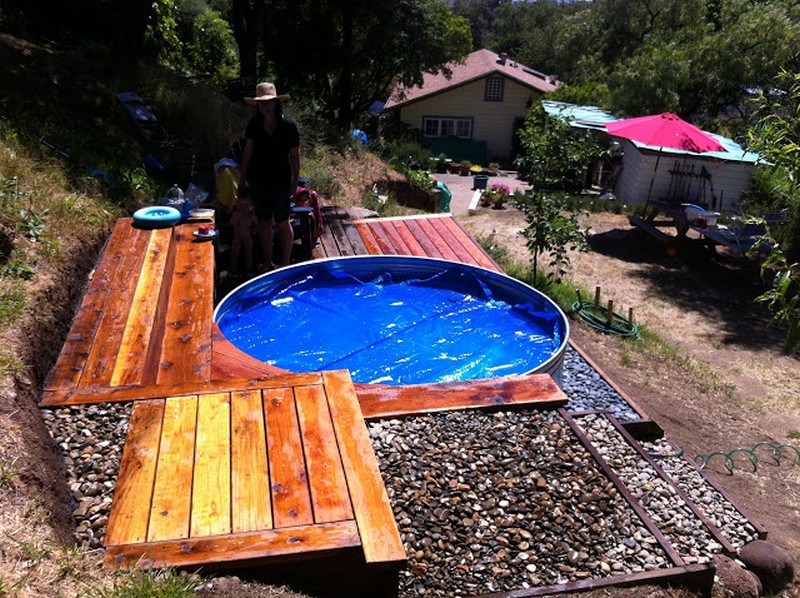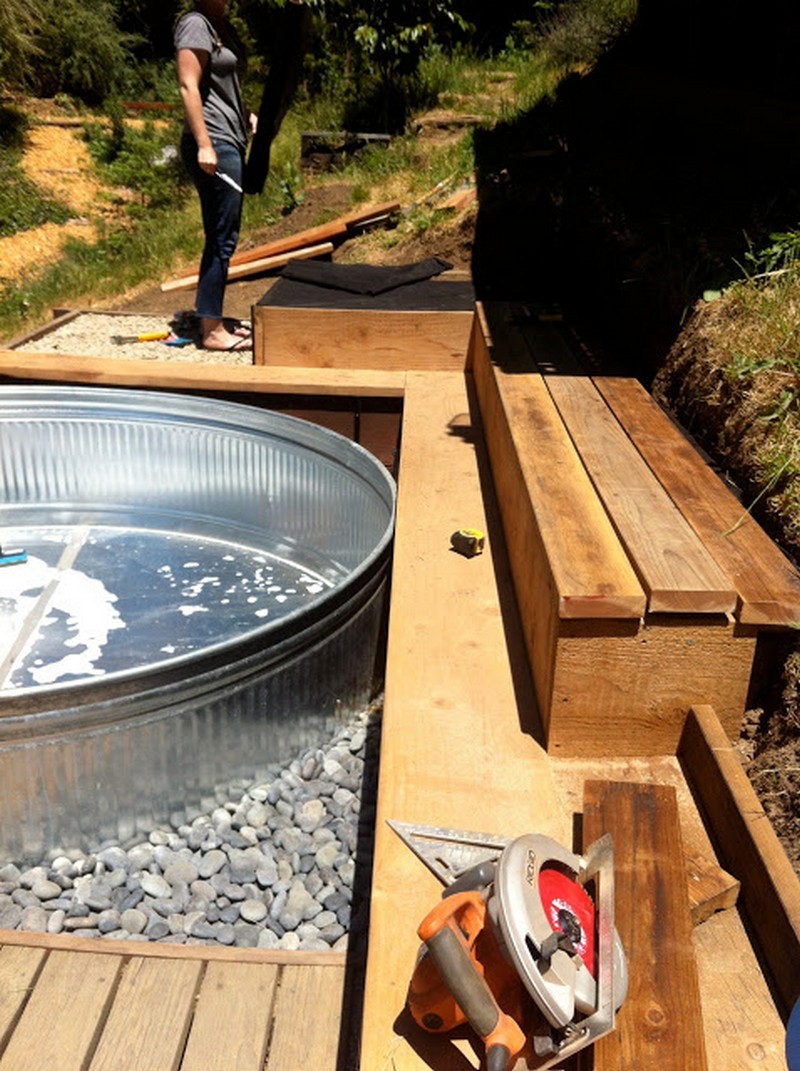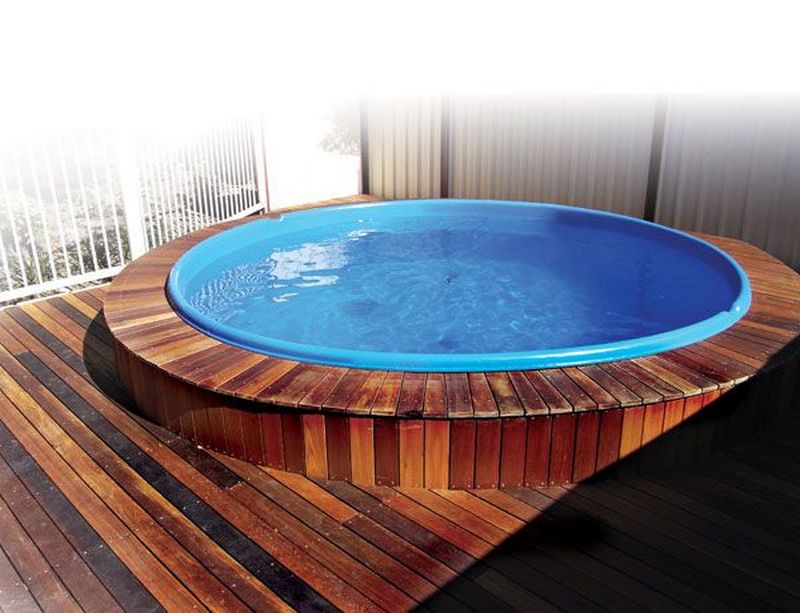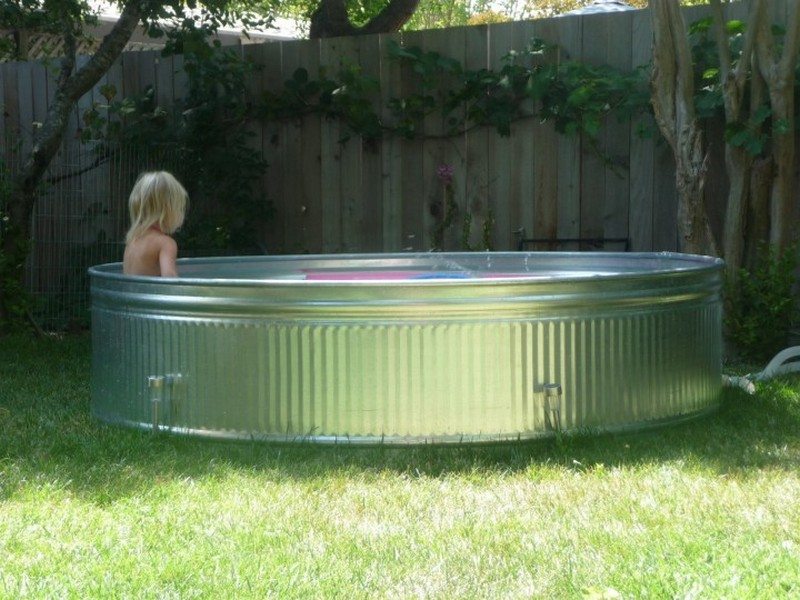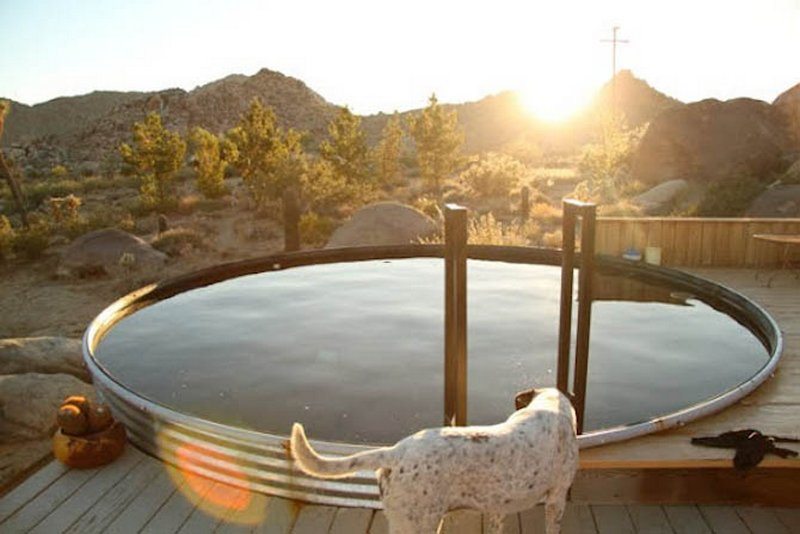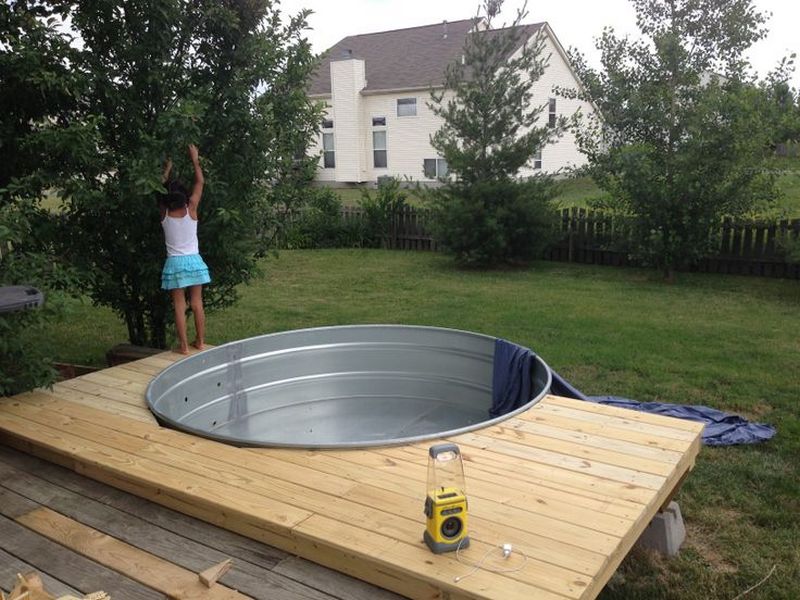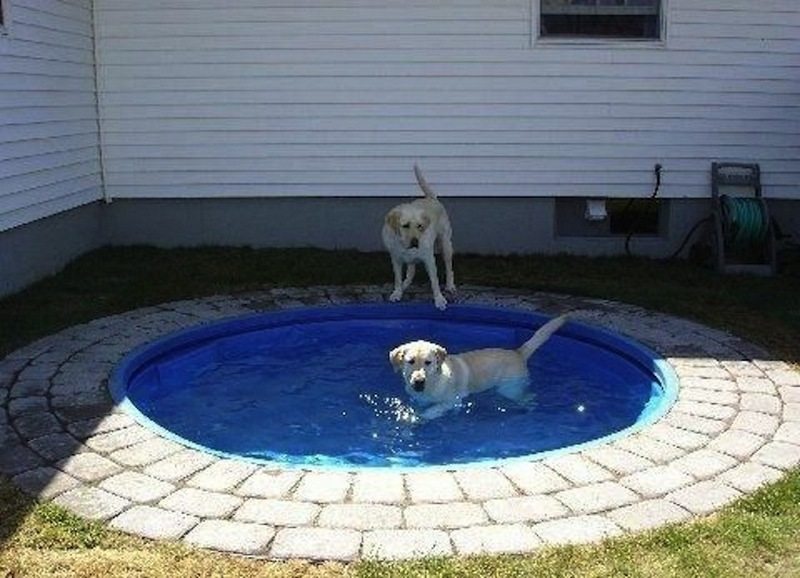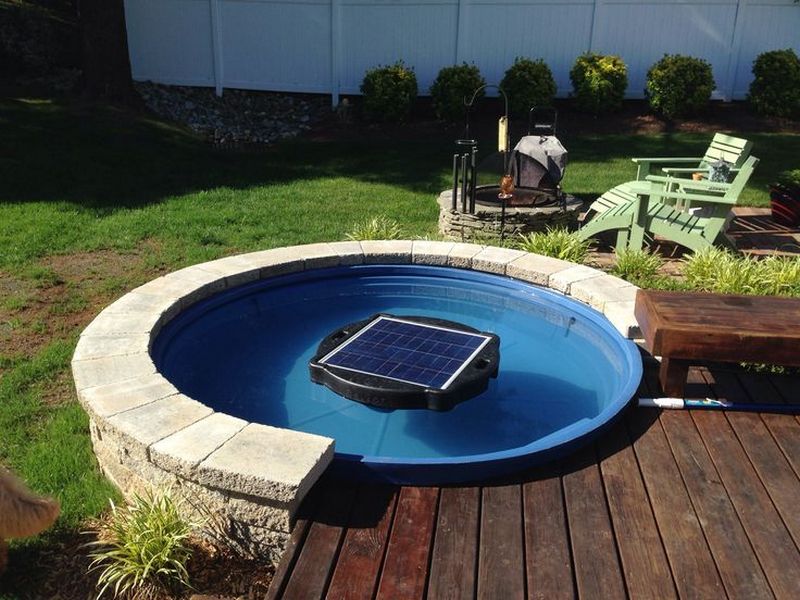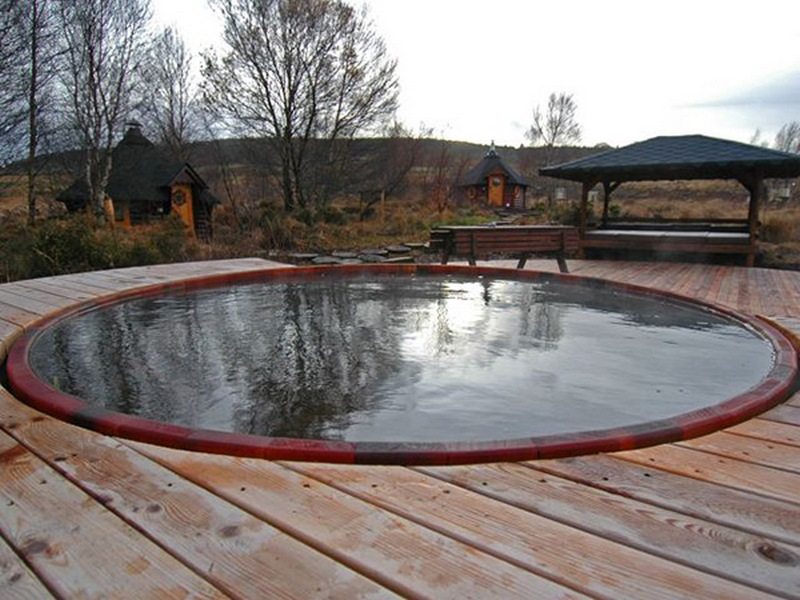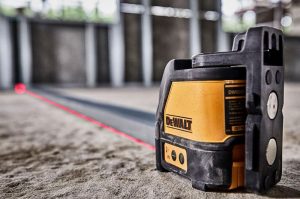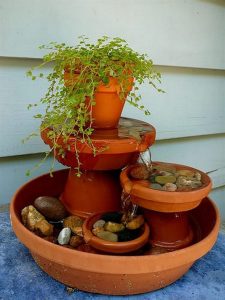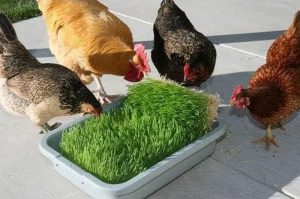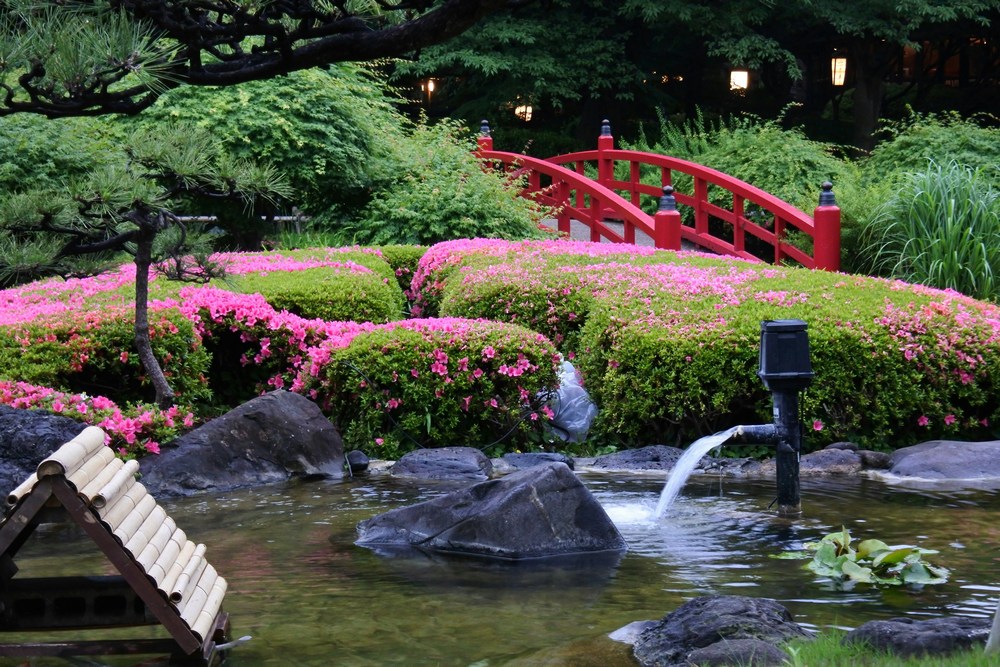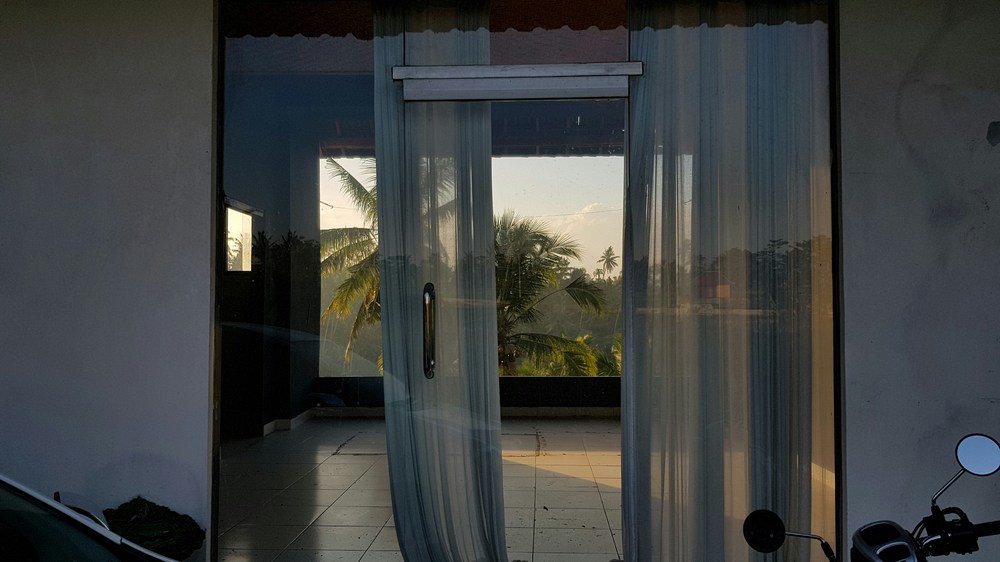Last Updated on June 21, 2023 by teamobn
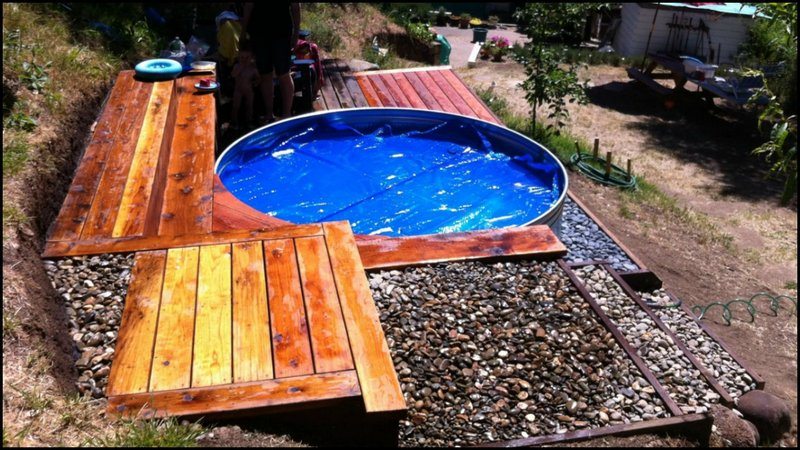
Do you love the idea of having a swimming pool, but don’t have the space or the money to put in a standard one? Then you would love this DIY livestock tank pool. If you have a livestock tank that you can repurpose into a shallow DIY pool that you and your kids can soak in during warm days.
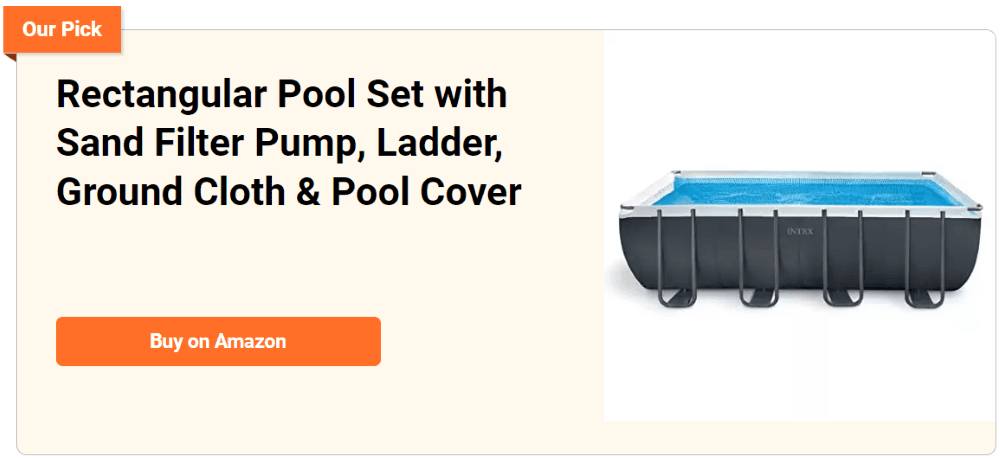
And if you place it on a sloping block like this one, then there is even no need to dig a deep hole for it. You can build a platform around it, with the planks providing a place if you want to sun yourselves or sit. This is just one of many great ideas to set up a livestock tank swimming pool. You can line it with cobblestones, concrete, or just plain grass, whichever is your preference.
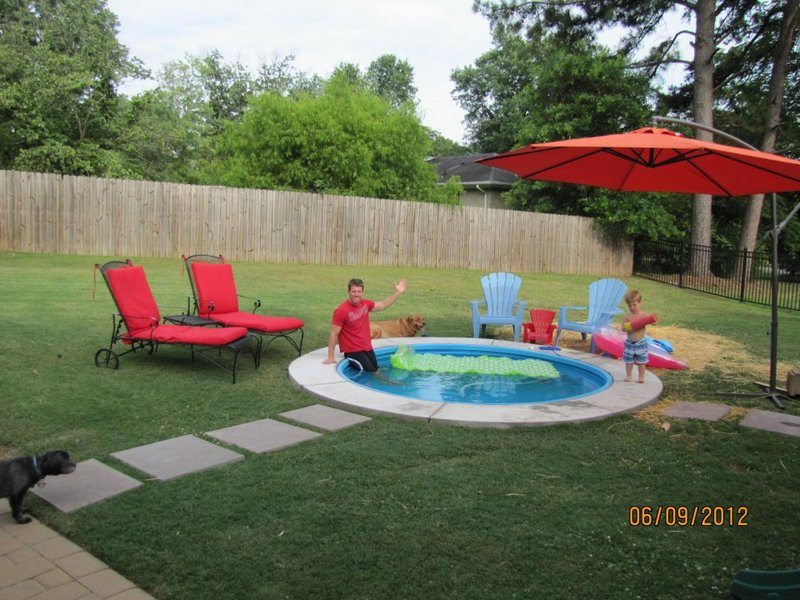
12 Creative DIY pool ideas out of a livestock tank
Below are images on how you can be creative in making a different DIY pool in your backyard!
Click on any image to start the lightbox display. Use your Esc key to close the lightbox. You can also view the images as a slideshow if you prefer 😎
